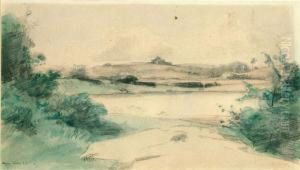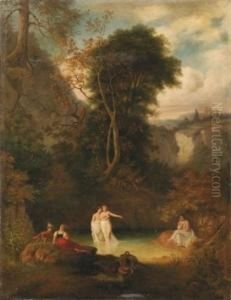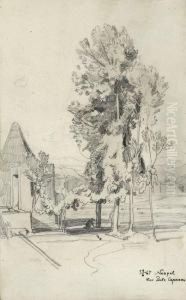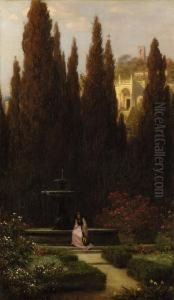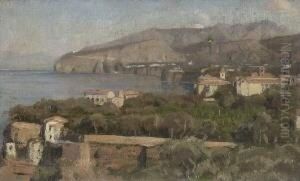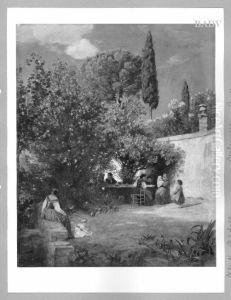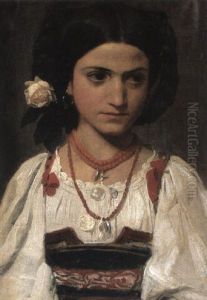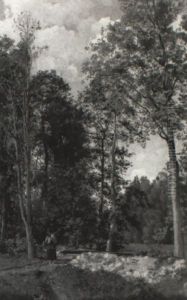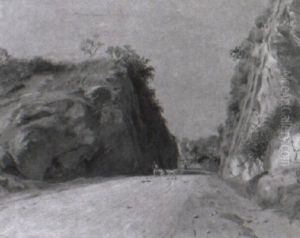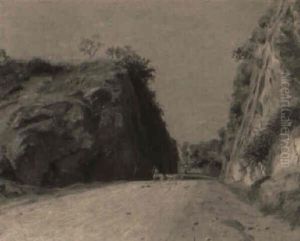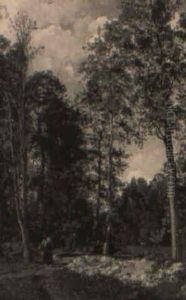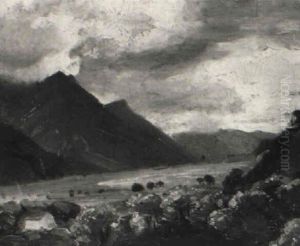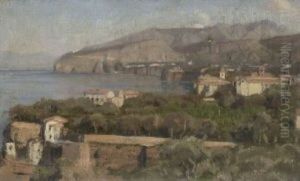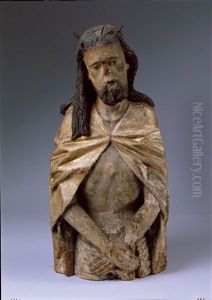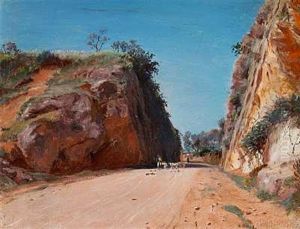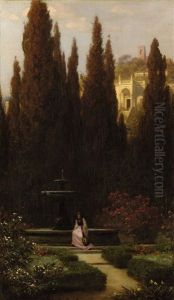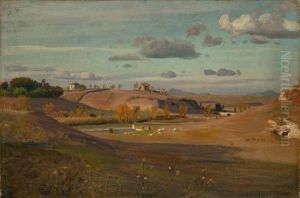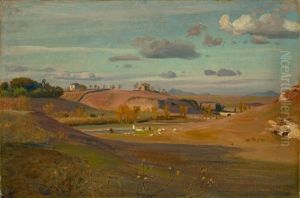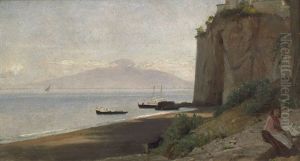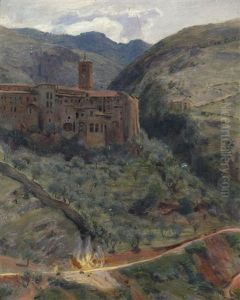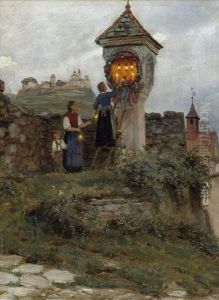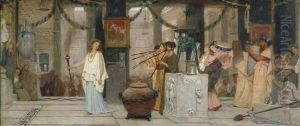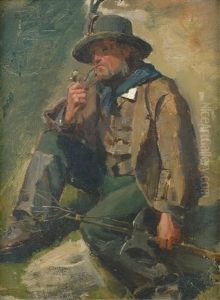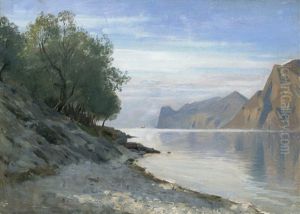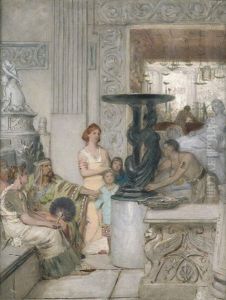Rudolf Schick Paintings
Rudolf Schick was a 19th-century German painter and illustrator known for his genre scenes, portraits, and historical paintings. Born on September 23, 1840, in Breslau, Prussia (now Wrocław, Poland), he was part of the Düsseldorf school of painting, a group of artists who were connected to the Düsseldorf Academy of Arts in the mid-19th century.
Schick received his artistic training at the Academy of Arts in Düsseldorf under the tutelage of the history painter Karl Ferdinand Sohn and the battle painter Wilhelm Camphausen, both of whom were prominent figures in German art at the time. Schick's education would significantly influence his artistic style, characterized by detailed realism and a focus on historical accuracy, which was a hallmark of the Düsseldorf school.
Throughout his career, Schick became known for his ability to capture the essence of his subjects, particularly in his portraits. However, it was his genre scenes—depicting everyday life with a sense of narrative and often a touch of humor—that garnered him the most attention. In addition to painting, he also worked as an illustrator, contributing to various publications.
Rudolf Schick's works were exhibited in multiple art venues, including the prestigious Salon de Paris. Despite his success, Schick's life was relatively short. He died on March 3, 1887, in Düsseldorf, Germany. Although he did not live a long life, his contributions to 19th-century German art have continued to be recognized by art historians and collectors. His paintings are held in various art collections and continue to be studied for their representation of German culture and society during his time.
